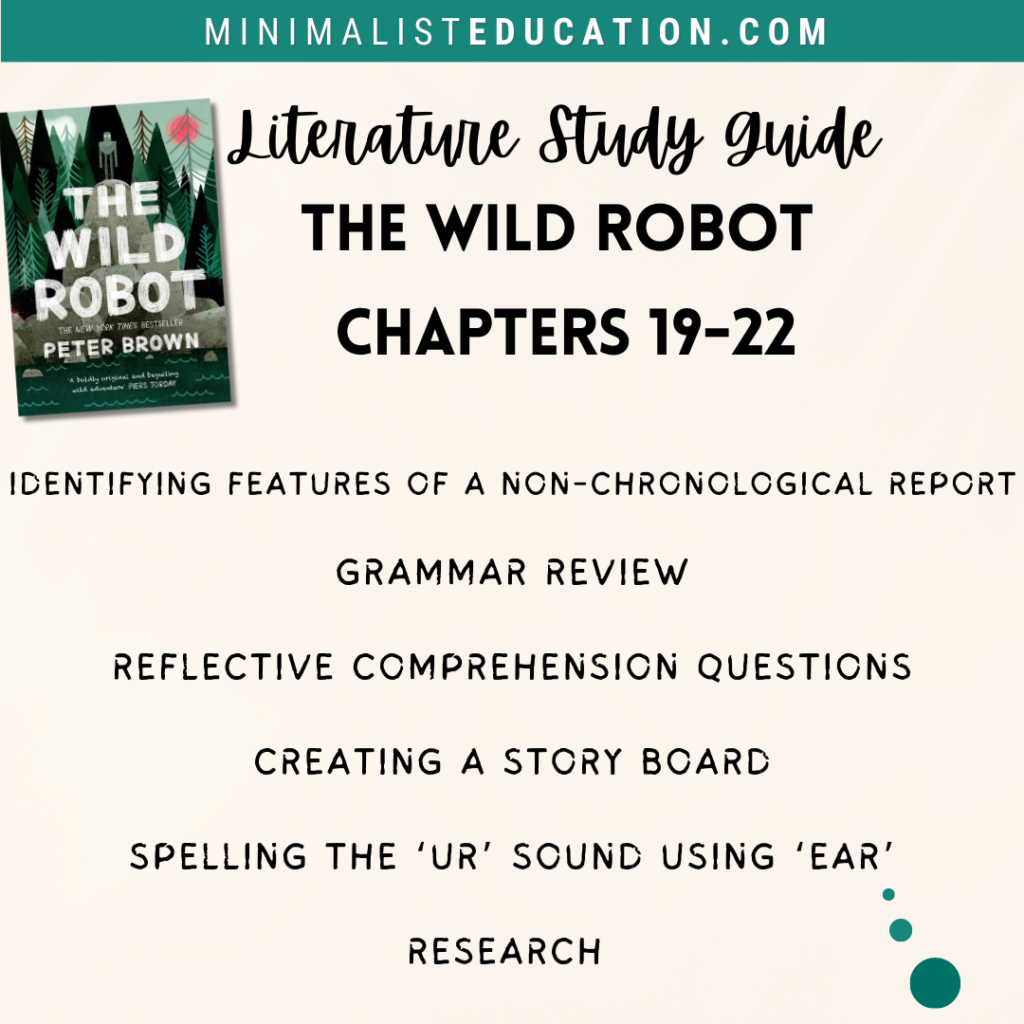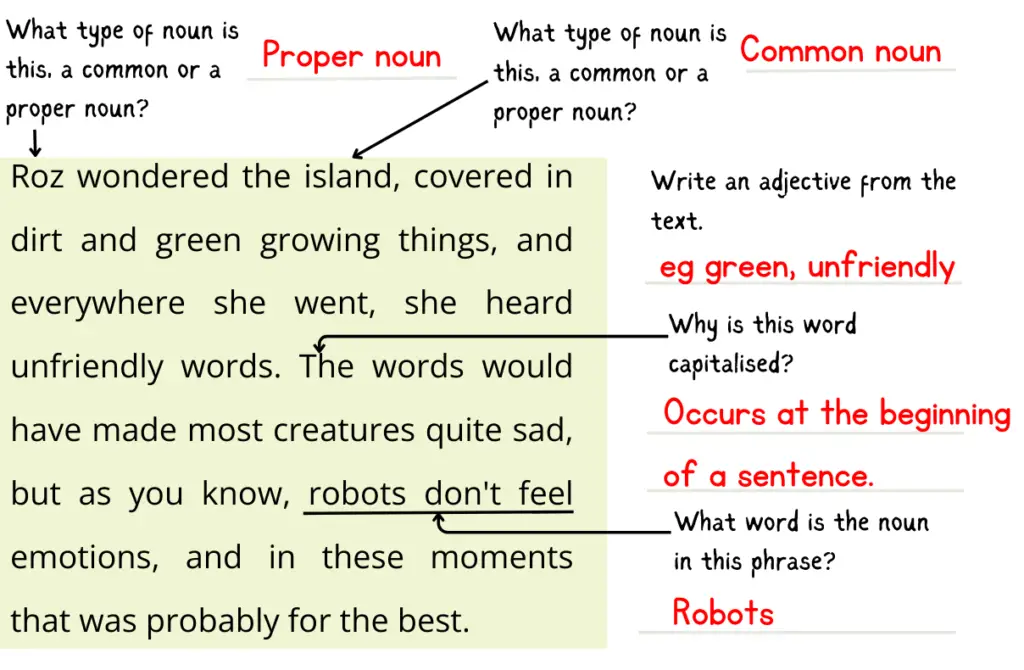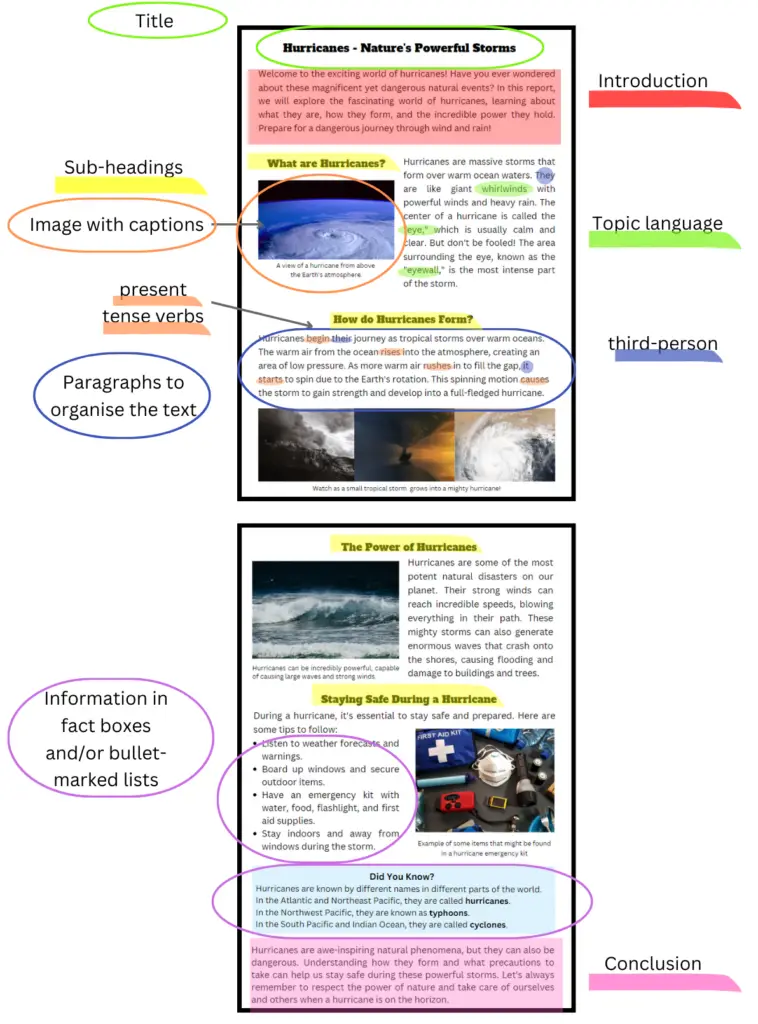Identity, Acceptance and Assimilation: The Wild Robot Chapters 19-22 Study Guide
This post contains paid links. I may get a commission if you decide to make a purchase through my links, at no extra cost to you. Thank you for helping towards the cost of hosting and maintaining this website.

At this junction in The Wild Robot, events happen in the story that encourage us readers to think critically about the complexities of adapting to new environments, fitting in, and being true to oneself. This weeks readings allow us to have valuable conversations with our children about identity, acceptance, and the balance between assimilation and staying true to one’s unique nature.
This week, we are also slowing down our reading pace and the related activities to make time for research for report writing. The main focus this week will be to research for an extended writing project: writing a non- chronological report on the topic of camouflage.
Before you start on this writing project with your, it may be helpful for you to get an overview of the whole process by reading my post on Non-Chronological Reports.
To begin, kids will read a non-chronological report to identify key features of this type of writing, and then immerse themselves into the topic using documentaries, reading books, and if possible a trip to the local nature centre to see camouflage in nature up close.
We will continue reading The Wild Robot and children will complete a story board sequencing activity, review grammar rules learnt so far, and practice the spelling the ‘ur’ sound using ‘ear’.
In this post:
- Discussion notes for the themes of identity, acceptance and assimilation
- The Wild Robot teaching notes and answers for Week 4 Chapters 19-22
- Download The Wild Robot Study Guide for Week 4 Chapters 19-22
Catch-up with the previous weeks’ The Wild Robot study guides here.
Get your copy of The Wild Robot
Buy your copy of “The Wild Robot” using my Amazon link.
Any purchase you make using the Amazon links on this site at no extra cost to you. Thank you for helping towards the cost of hosting and maintaining this website.
Camouflage and Themes of Identity, Acceptance and Assimilation
Camouflage is a central idea in the story at this point. We have read that Roz uses camouflage to blend in with her surroundings giving her the ability to hide from potential threats.
We find out this week that it also provides her with a chance to observe the animals. This gives her the opportunity to learn their language which a super exciting development in the story as she can now communicate with them.
All of what we have read about Roz so far shows that Roz’s constant observation and learning from the natural world around her are central elements of her character development. This shows that she is adaptable has the ability to acquire new skills and knowledge, which are vital for her survival.
It would seem that one of the messages of the story is to promote the importance of adaptation and learning from one’s surroundings, but it could also be argued that Brown was raising the question of how much should one adapt to fit in with their surroundings.
By making Roz decide to camouflage, this story now opens up the theme of identity and individuality.
An interesting discussion to have with our kids this week would be to question of how much should one adapt to and adopt the ways of those in their surroundings in an effort to fit in?
Was this actually a successful strategy for Roz anyway?
Yes, She is different from the animals. Is it correct that she has to change in order to be accepted, especially as she poses them no threat?
This part of the story prompts us to consider whether she should change herself to be accepted. This can lead to discussions about the pressure to conform and the value of being true to oneself.
It’s interesting to note that Roz camouflaging herself, learning their language, introducing herself, and clearly explaining her intentions still did not help her get accepted by the animals of the island.
The Wild Robot Chapters 19-22 Study Guide Teaching Notes And Answers
Read Chapters 19-22:
Ex. 1 Complete the story board by writing the sentences in the correct order and draw a picture to go with each event.
In this task students will practice the skill of sequencing events that happened in chapters 19-22 in the correct order and drawing a picture to go with the sentences.

Ex. 2 Read the extract and answer the questions.
In this exercise, kids will get the chance to review key grammar terms they have encountered so far. I have also included three reflective personal response questions for children to answer. Discuss these question with your child first so they get a chance to have a think about how to respond.

Ex. 3 Learn and practice spelling the ‘ur’ sound with ‘ear’ by make sentences using the words given.
Before getting kids to do this task, review the numerous ways that the ‘ur’ sound is spelt in the English language. I’ve given examples in the guide:
- the ur sound spelt ‘ur’ in nurse
- the ur sound spelt ‘er’ in fern
- the ur sound spelt ‘ir’ in birth
- the ur sound spelt ‘or’ in word
In this sentence, taken from Chapter 22 of The Wild Robot, “She heard unfriendly words.” The ‘ur’ sound in heard is spelt using ‘ear’ and this is the spelling focus this week.
In this task kids are asked to make sentences using the key spelling words (earth, early, learn, heard, earn, pearl, search, unearth, earl, rehearse).
Writing a Non-Chronological Report: Part 1
Over the next few weeks, your child is going to produce a non-chronological report on the topic of “Camouflage in Nature”.
A non-chronological report is an informative text that provides facts and details about a specific topic. They will be diving deep into the topic of “Camouflage in Nature” and produce a non-chronological report on their findings.
The purpose of the report is to inform readers about how animals and plants use camouflage to survive in their habitats.
In the first task, children will get the chance to have a look at what a good non-chronological report looks like.
Ex. 1 Read the non-chronological report on hurricanes. Make a list of the features you notice in this report.
Before you read the report on Hurricanes you might want to recap with your child about what fiction and non-fiction writing is. Point out that there are many different reasons people write and that in this type of non-fiction writing, a non-chronological report – the purpose is to inform.
Read trough the report on Hurricanes and look for features of this report that make it distinct from other types of writing. Some of the key features to note are the title, subheadings, grouping of related information in paragraphs, specific use of topic related vocabulary (vocabulary that you would normally use except hen discussing this topic), an introduction, a conclusion, images with captions.
Point out that all of these features help us readers navigate through the text easier, and makes it more engaging.
Remind kids that the reason that we are analysing the report is so that we can use the features we identify ourselves when we write our report.
Ex. 2 Find the following features of a non-chronological report on the report on hurricanes.
- A title: Circle in green
- Introduction: Colour in red
- Paragraphs: Circle one in blue
- Sub-headings: Colour in yellow
- Information in fact boxes and/
- or bullet-marked lists: Circle in purple
- Image with captions: Circle in orange
- Topic language: Colour some in green
- Written in third person: Colour some words like “it” and “they” in blue
- Present tense verbs: Colour some in orange
- A conclusion: Colour in pink
This next task is closely related to the first task. We are still looking at features of the non-chronological report, but this time get your children to colour code each of the features. When they come to write their own report, they can colour code their own draft report on this way to check if they have included all of the elements.

Ex. 3 Spend some time learning about the topic of camouflage.
Reports need to have lots of factual information, organised into sub-topics. However, before they can begin to think about what sub-topics they want to write about, they will need to spend time learning more about the topic.
In this task children will research in the topic of camouflage. Try to provide a variety of different sources for information for example books, websites, documentaries.
You might want to get your kids to write down, or you take notes for them of interesting facts and details they find during their research in the “My Research Map” template.
Download Your Copy of The Wild Robot Study Guide for Chapters 19-22:
I hope this helps some of you out!
Leave a Reply